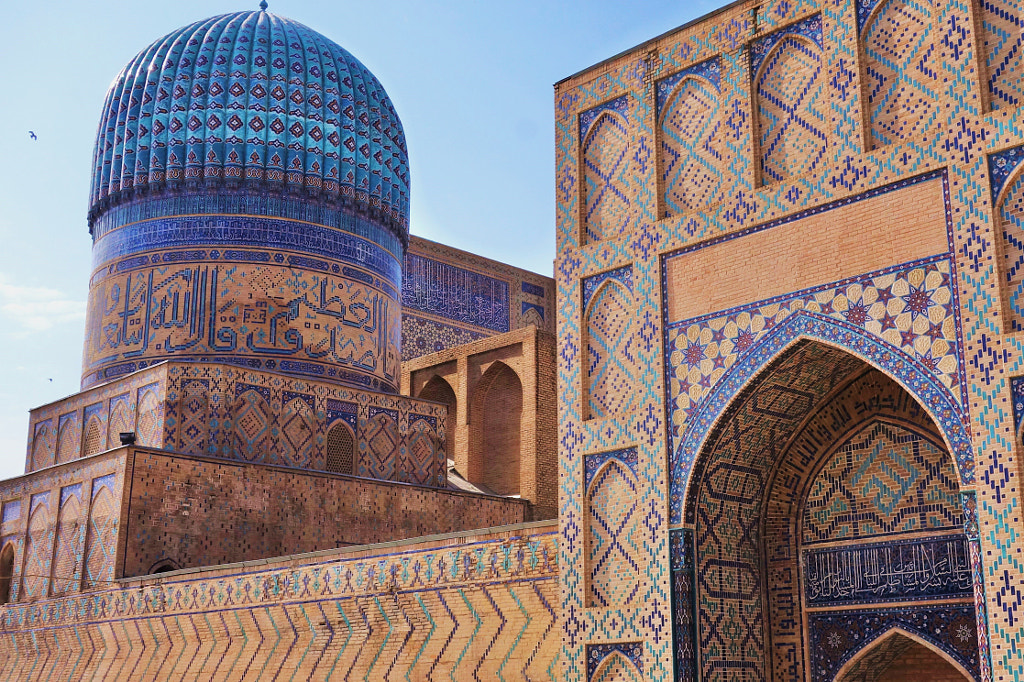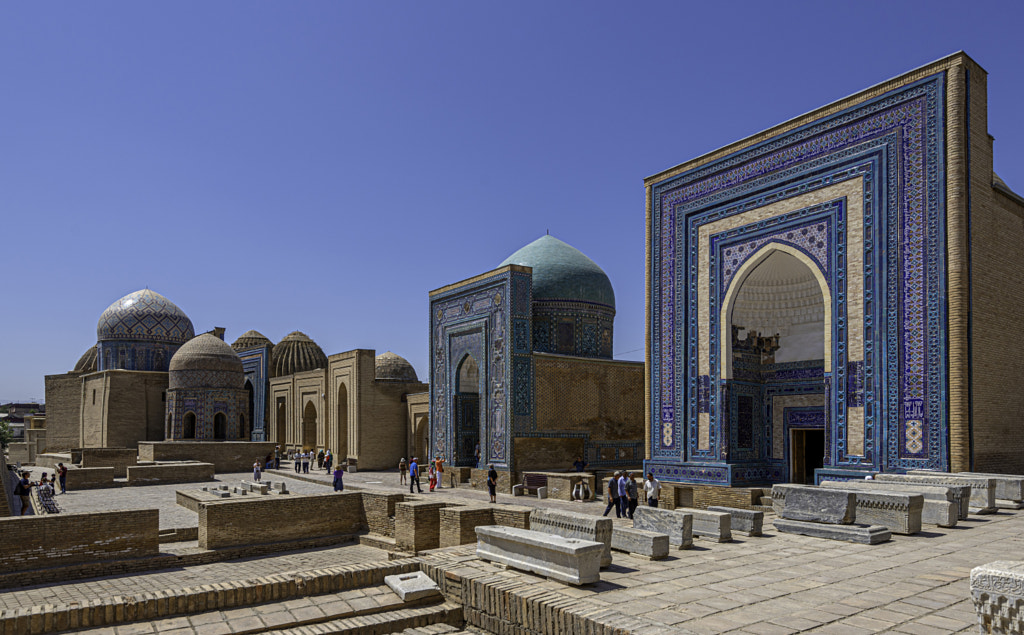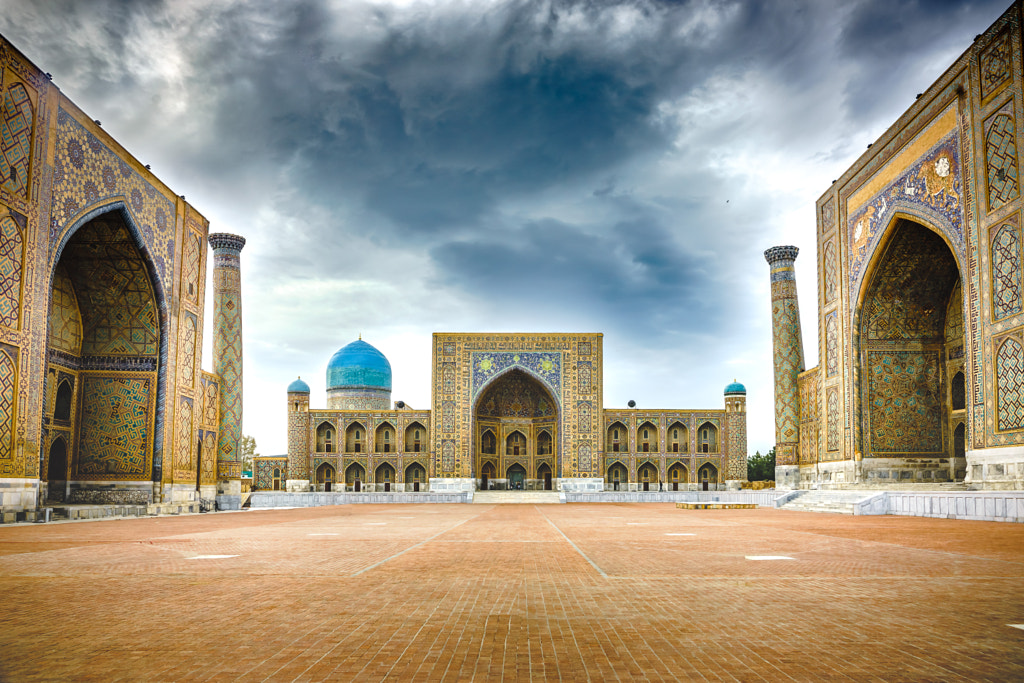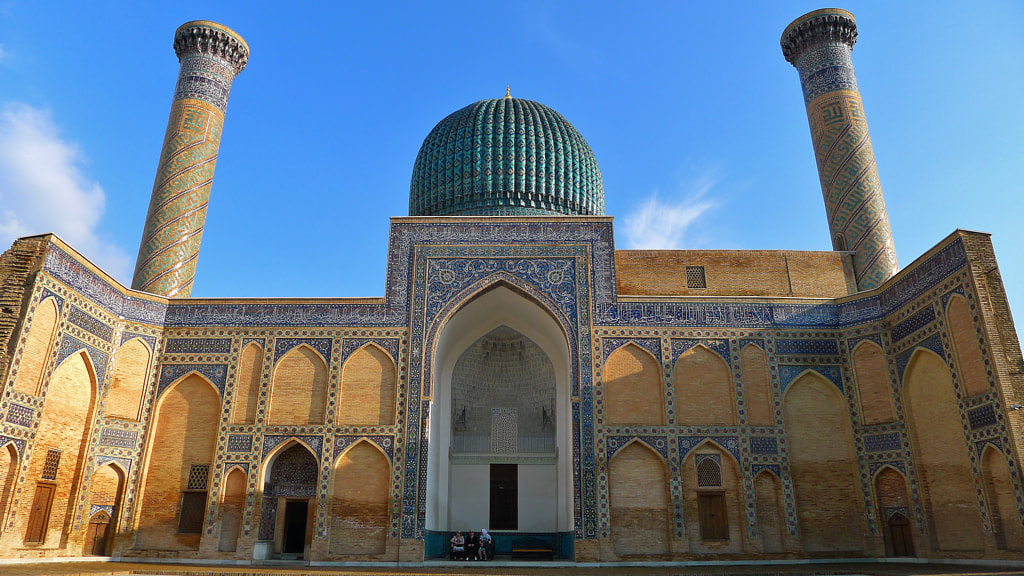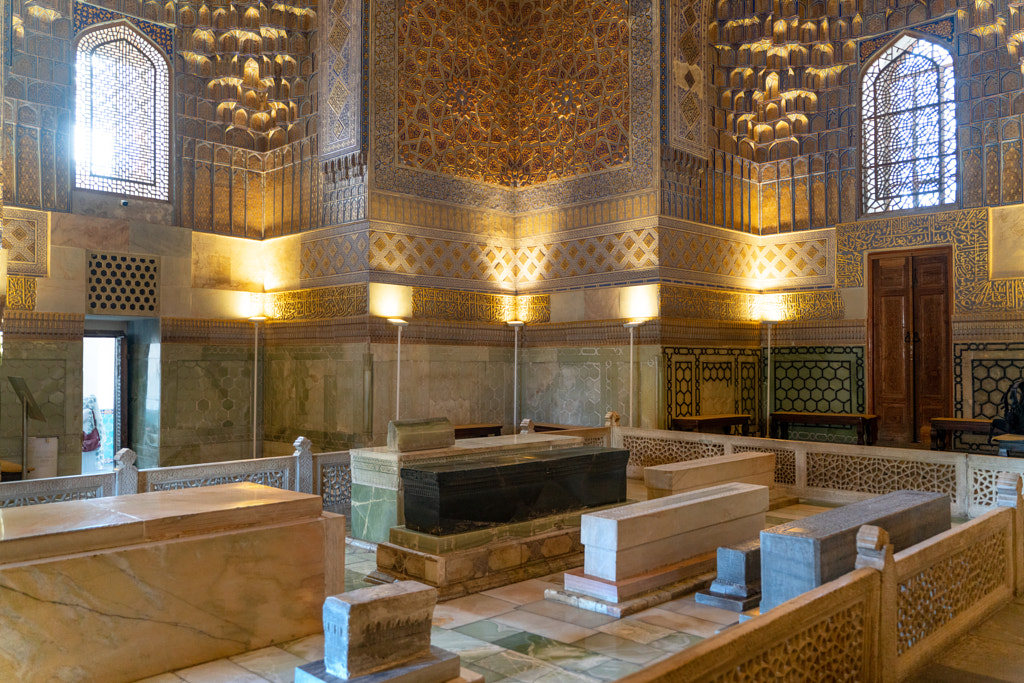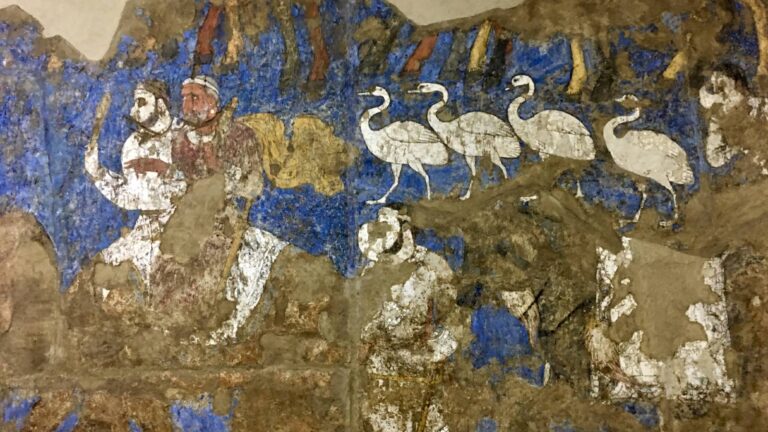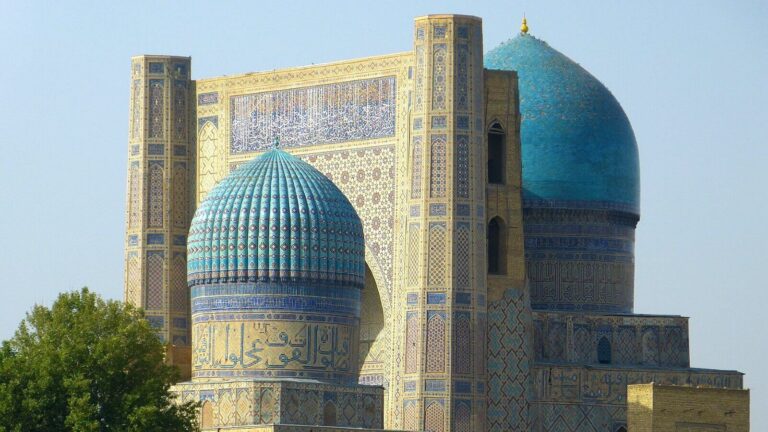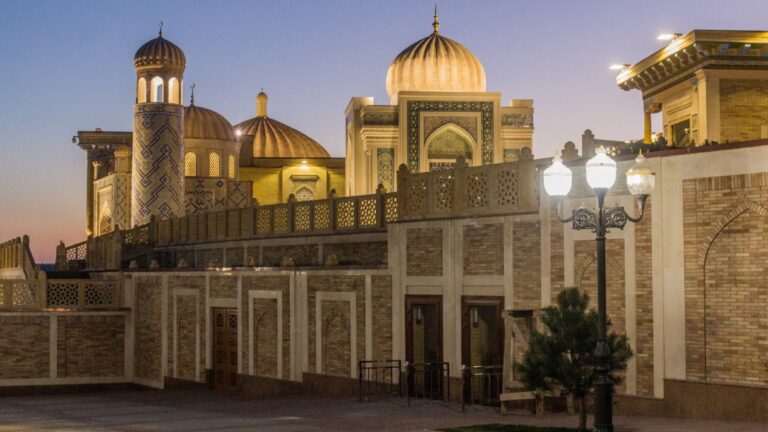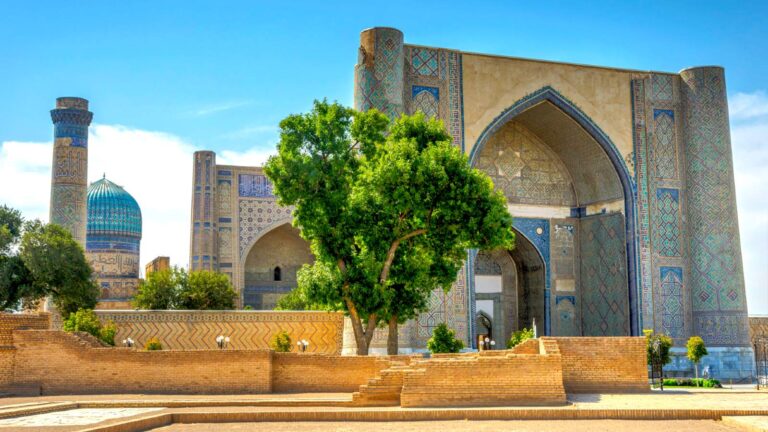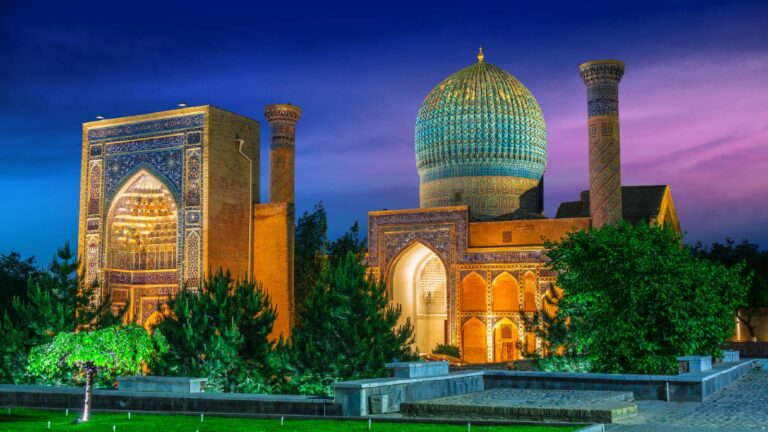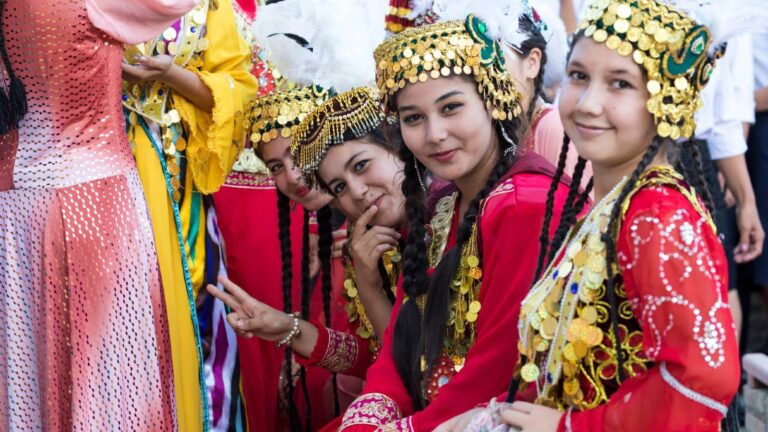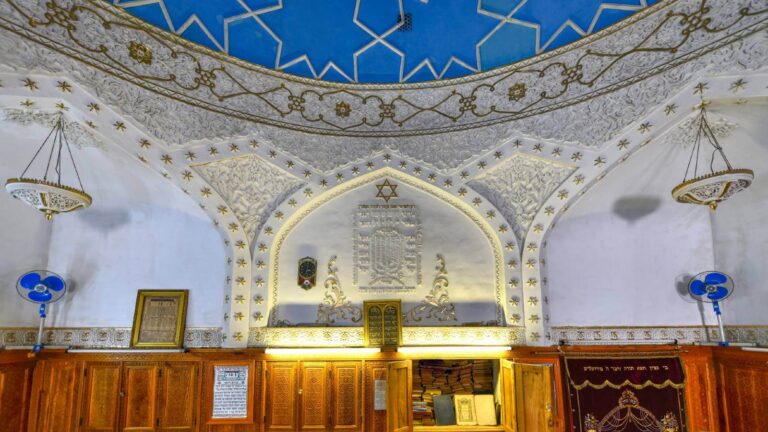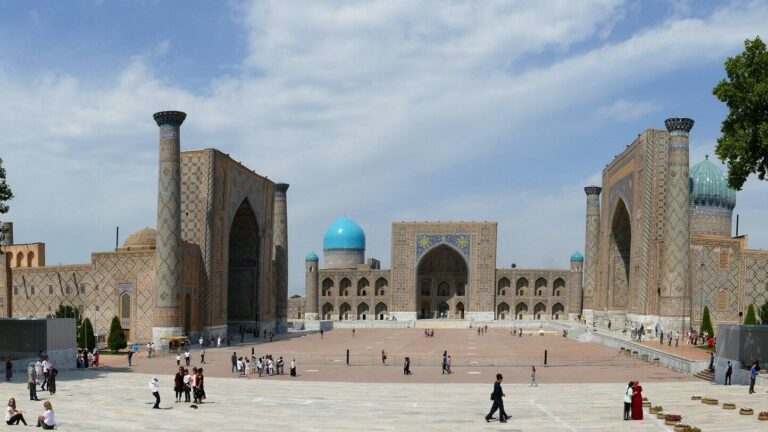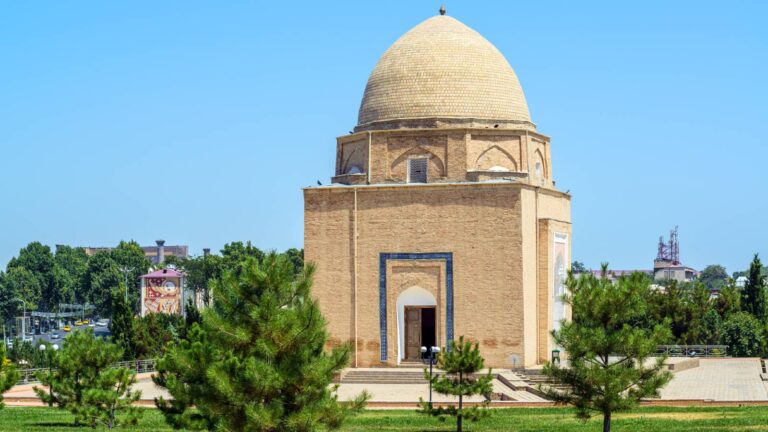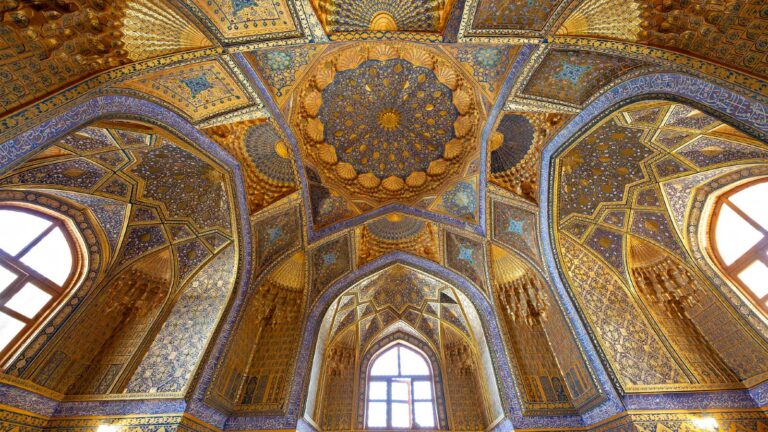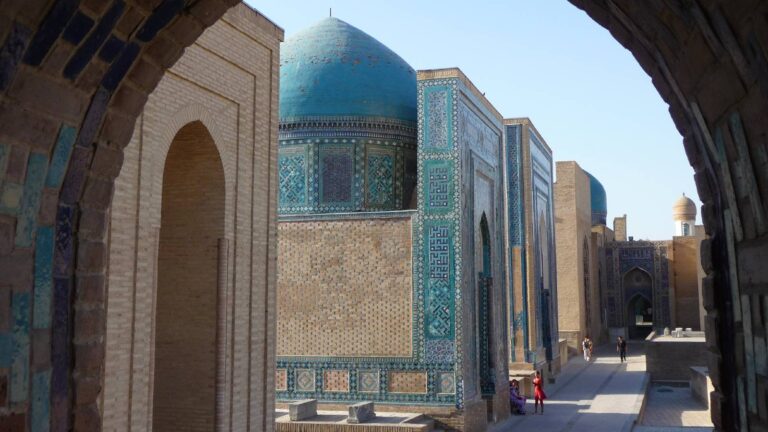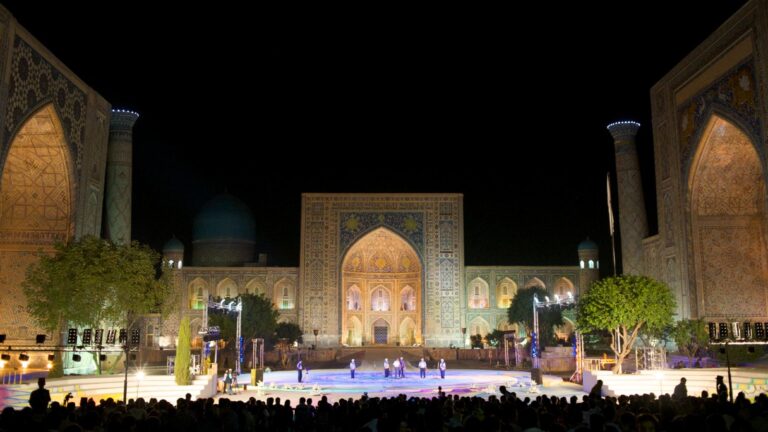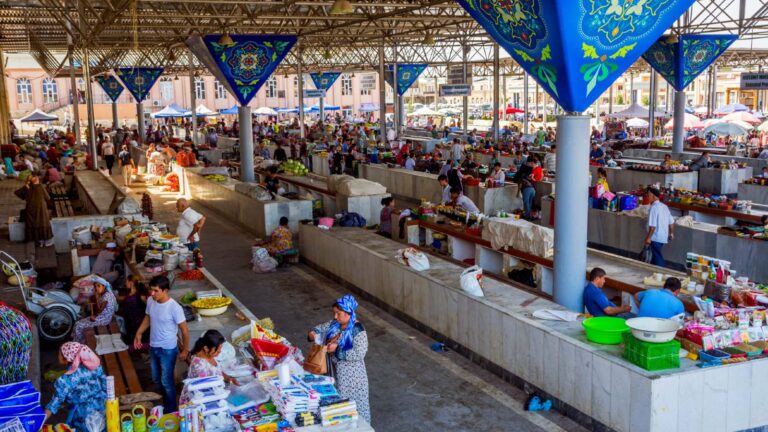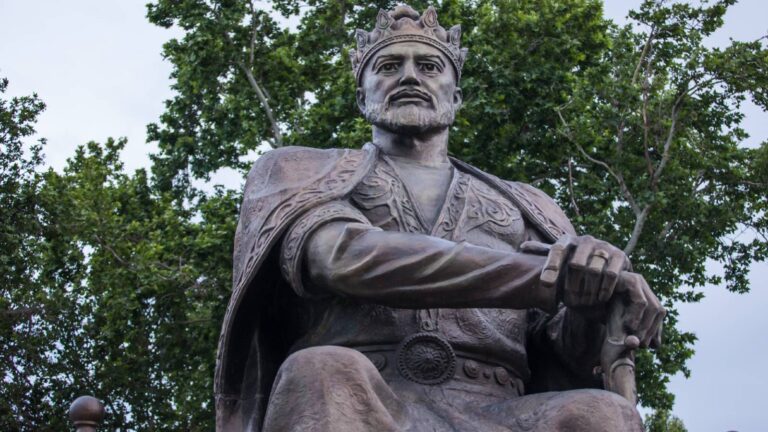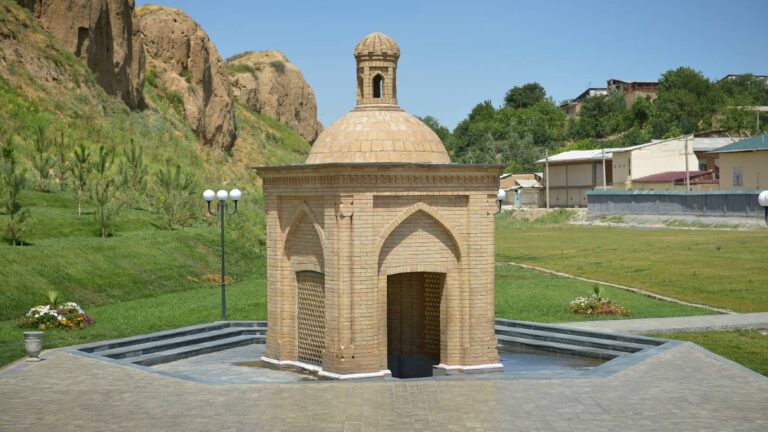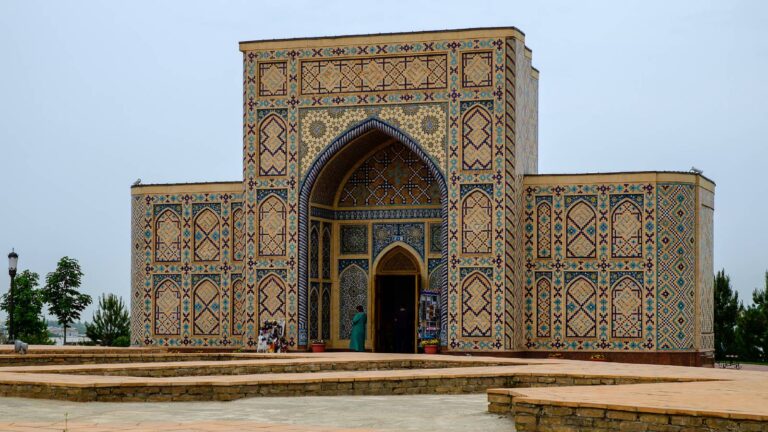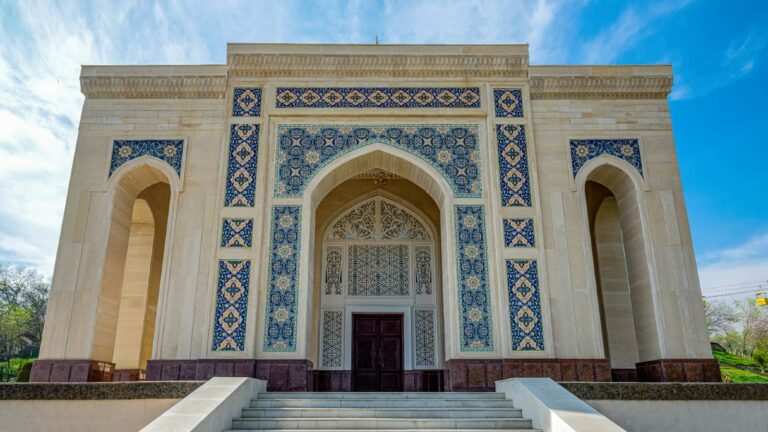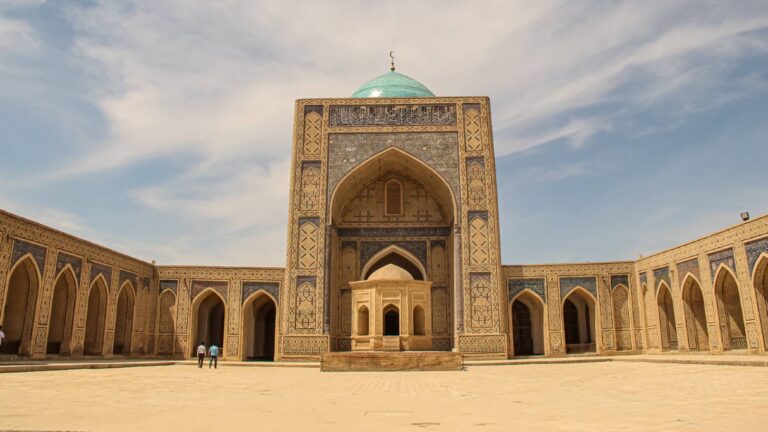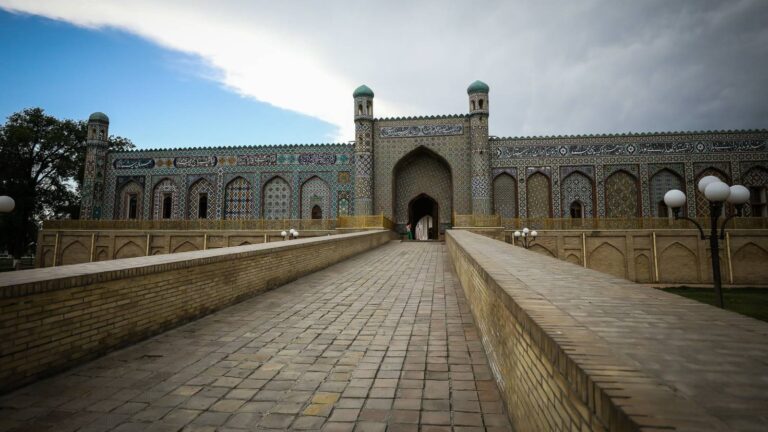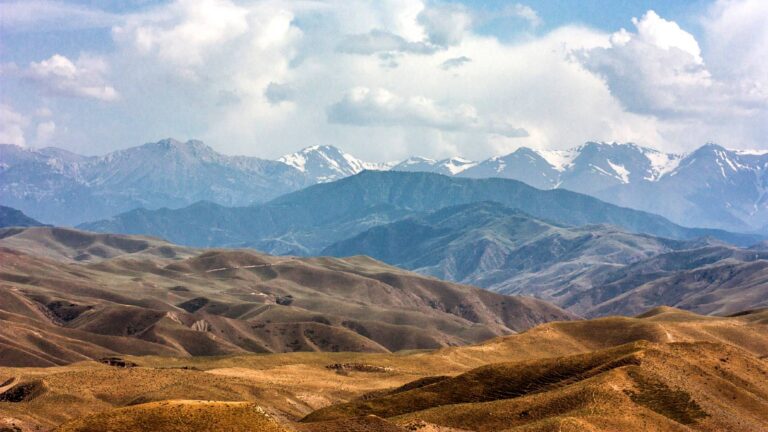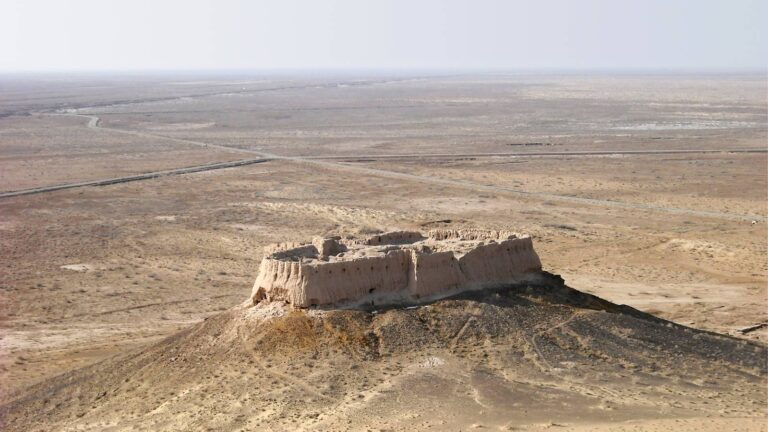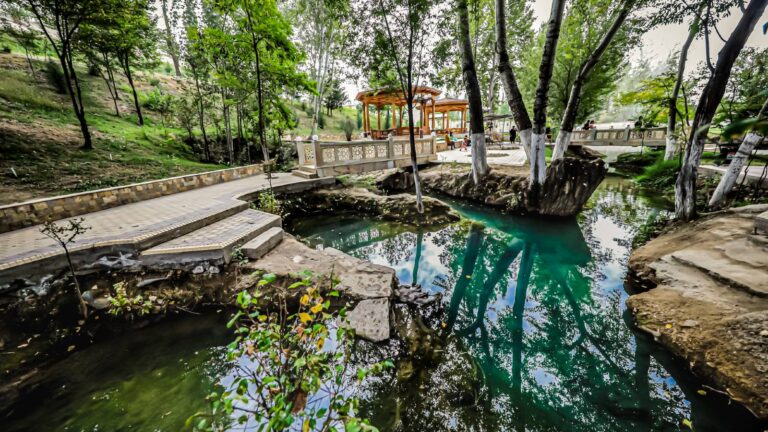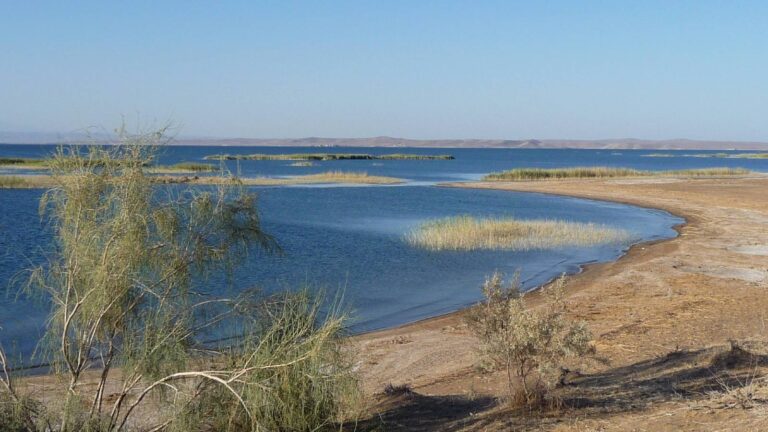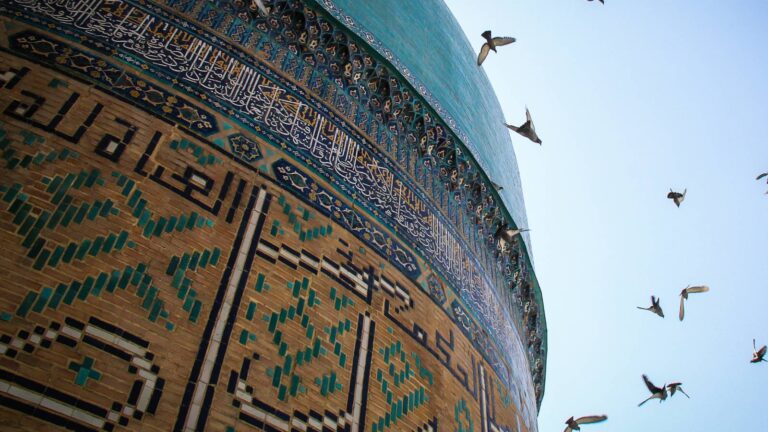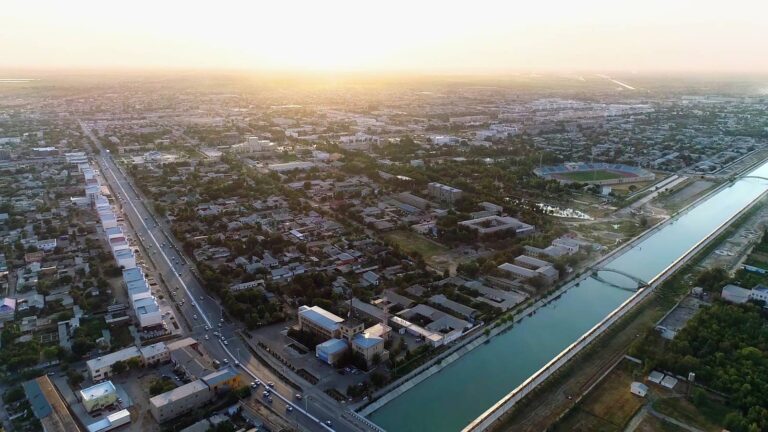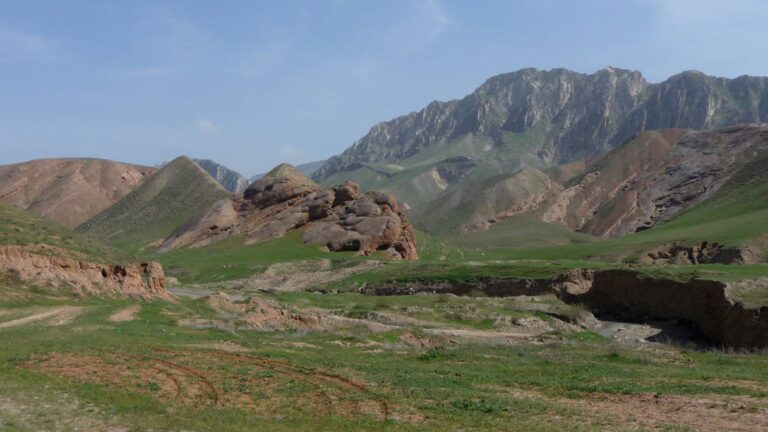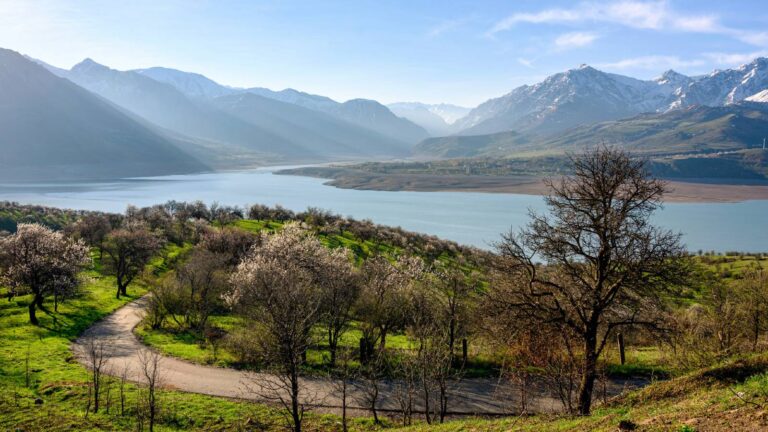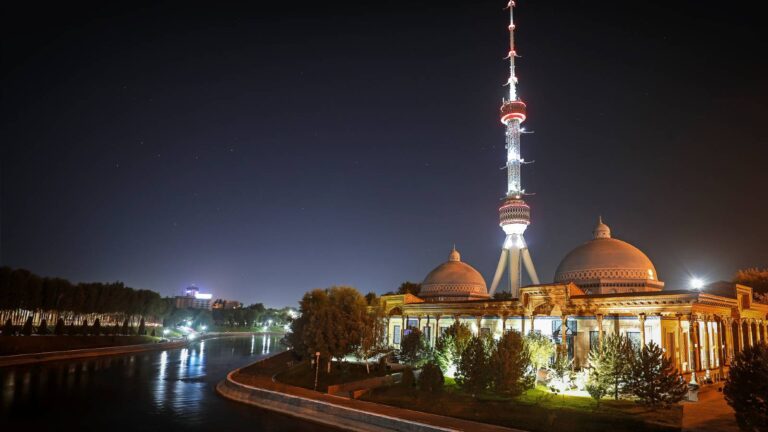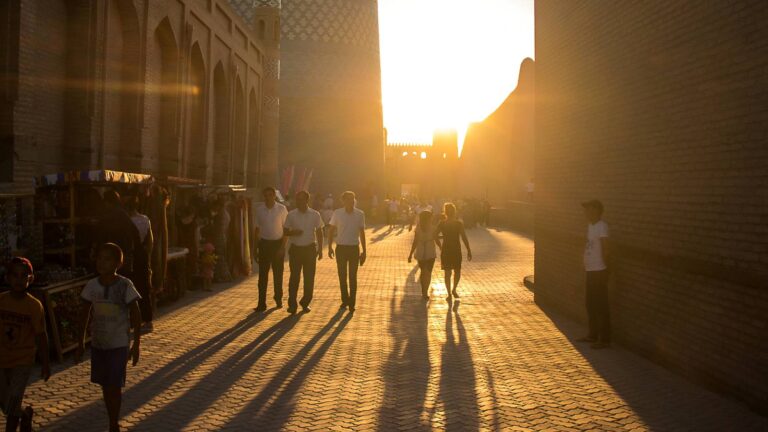The most convenient way to reach the region is by flying into Samarkand International Airport. The airport is well connected to major cities in Uzbekistan and some international destinations.
Trains are a popular alternative for reaching the Samarkand region. The city of Samarkand is well connected by rail to other major cities in Uzbekistan and neighbouring countries. The train journey provides a comfortable and scenic experience, allowing travellers to enjoy the landscapes along the way.
Travellers can also choose to drive or take the bus to the Samarkand region. The region is well connected by road networks.
The main city in the region is Samarkand, renowned for its historical significance and architectural marvels. It is home to iconic landmarks such as the Registan Square, Shah-i-Zinda, Bibi-Khanym Mosque, and the Gur-e-Amir mausoleum.
The region is dotted with other noteworthy sites. These include the ancient city of Afrasiyab, the Ulugbek Observatory and the Tomb of Saint Daniel.
Silk weaving remains a prominent craft in the region.
Samarkand is equally famous for its culinary delights. Samarkand melons are famous for their sweet and refreshing taste, while the region’s sun-drenched vineyards produce wines as sweet as the melons.
The wider Samarkand region is blessed with scenic landscapes and natural beauty. Travellers can venture outside the city to explore the picturesque Zarafshan Mountains at Zaamin National Park, visit the Chor-Chinor garden with its ancient plane trees, or relax by the tranquil waters of the Siab River.
Bibi Khanum
It is no exaggeration to say that Bibi Khanum is one of the largest and most significant religious monuments of the Islamic world, and certainly the largest mosque in all of Central Asia. You understand this best when you find yourself near its ancient and majestic walls.
Memorial complex Shahi Zinda
Probably, there is no place in the glorious and old city of Samarkand that would more fully reflect the many milestones of its turbulent and long history as the memorial complex of Shahi Zinda. Locals call this necropolis “cemetery street”.
Registan
Registan Square, the “heart” of ancient Samarkand, is probably the most famous landmark of the city, and of the whole of Central Asia. Perhaps it is difficult to find a place as beautiful as it is historically important. The eyes of amazed travelers are invariably attracted by the bright blue domes of mosques.
Gur-Emir mausoleum
Many great historical monuments of Samarkand are associated with the name of the outstanding ruler and warrior Tamerlane. And one of the main attractions of the ancient city is the Gur-Emir mausoleum (“tomb of the sovereign”, “tomb of the Emir”), where he and his descendants found their last refuge.
Samarkand is one of the most ancient cities on the planet, the same age as Rome and Athens. It is over 2750 years old. Samarkand has always been distinguished by the fact that it was a true example of true oriental hospitality. Several nationalities have always easily got along here. Samarkand is usually called “Eastern Babylon”. The name Samarkand goes back to the Sogdian Smr’kand, which means “Stone Fort” or “Stone City”.
In ancient times, Samarkand was the capital of the most ancient state of Sogdiana and was called Afrosiab. Among the ancient Greeks and in Rome, the city was known under the name of Maracanda. During the campaign of Alexander the Great, even then Samarkand was a well-equipped and well-developed city. In the early Middle Ages, Samarkand was part of the Turkic Khaganate.
In 712, the city was captured by the Arabs led by Kuteiba ibn Muslim and became the center of Maverannahr and Greater Khorasan. In the 9th century Samarkand was part of the Samanid State, and at the end of the 10th century it became part of the Karakhanid State. During that period, grandiose architectural structures were built in Samarkand, most of which, unfortunately, were destroyed by Genghis Khan. Then Samarkand became part of the Khorezmshah state, which was crushed as a result of the Mongol invasion.
When Amir Temur came to power, Samarkand was greatly transformed. The city again became the capital, the restoration of destroyed buildings began, and Samarkand again returned to its former greatness. During the reign of the Timurids, Samarkand actively settled down, scientists and artists from all over the world tried to get here. All conditions were created in the city for the development of science, education and culture.
In 1868 the city was conquered by Russian troops. A year later, Samarkand became the administrative center of the formed Samarkand region. An interesting fact is that for a short period Samarkand was again the capital in 1925-1930. Today Samarkand remains the most beautiful and culturally rich city. Despite its rich history, the city has not lost its originality and unique appearance.
The region celebrates various cultural and religious festivals throughout the year. One of the most important festivals is Navruz, the Persian New Year, which marks the arrival of spring. It is a joyous celebration filled with music, dance, traditional games, and the preparation of special dishes like sumalak. Another significant festival is Eid al-Fitr, which marks the end of Ramadan and is celebrated with prayers, feasts, and community gatherings.
Situated on the southern edge of the Zarafshan Range, the Samarkand region has been a population hub for thousands of years, as it encompasses the fertile valleys of the Zarafshan and Zeravshan rivers.
The climate of the Samarkand region is classified as a continental climate with distinct seasons. Summers are hot and dry, with temperatures often reaching highs of around 40°C (104°F). Winters are cold, with temperatures dropping below freezing, and occasional snowfall. Spring and autumn are relatively short but pleasant seasons, characterised by mild temperatures.
The local economy of the Samarkand region is primarily based on agriculture, industry, and tourism. Agriculture plays a significant role, with the region being known for its production of cotton, fruits, vegetables, and grains. The fertile soil and irrigation from the Zarafshan River contribute to the success of agricultural activities.
The region also has a developing industrial sector, with industries such as textile manufacturing, food processing, and chemical production. The textile industry, in particular, is prominent, with the production of silk fabrics and traditional Uzbek textiles being a notable specialisation.
Tourism is a growing sector in the Samarkand region, thanks to its rich historical and cultural heritage.
Handicrafts are an important part of the local economy, with artisans producing traditional crafts such as ceramics, woodwork, embroidery, and carpet weaving.

